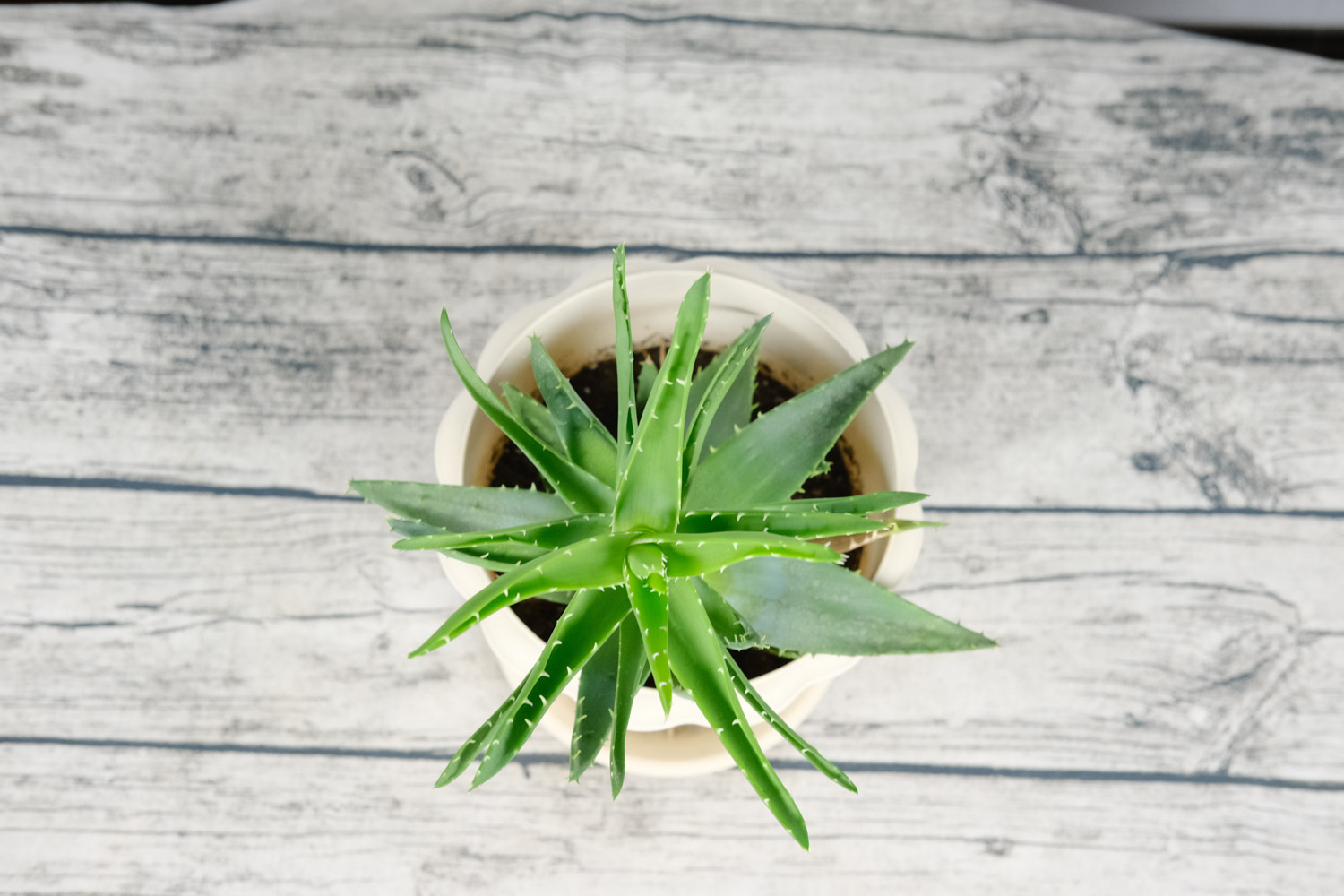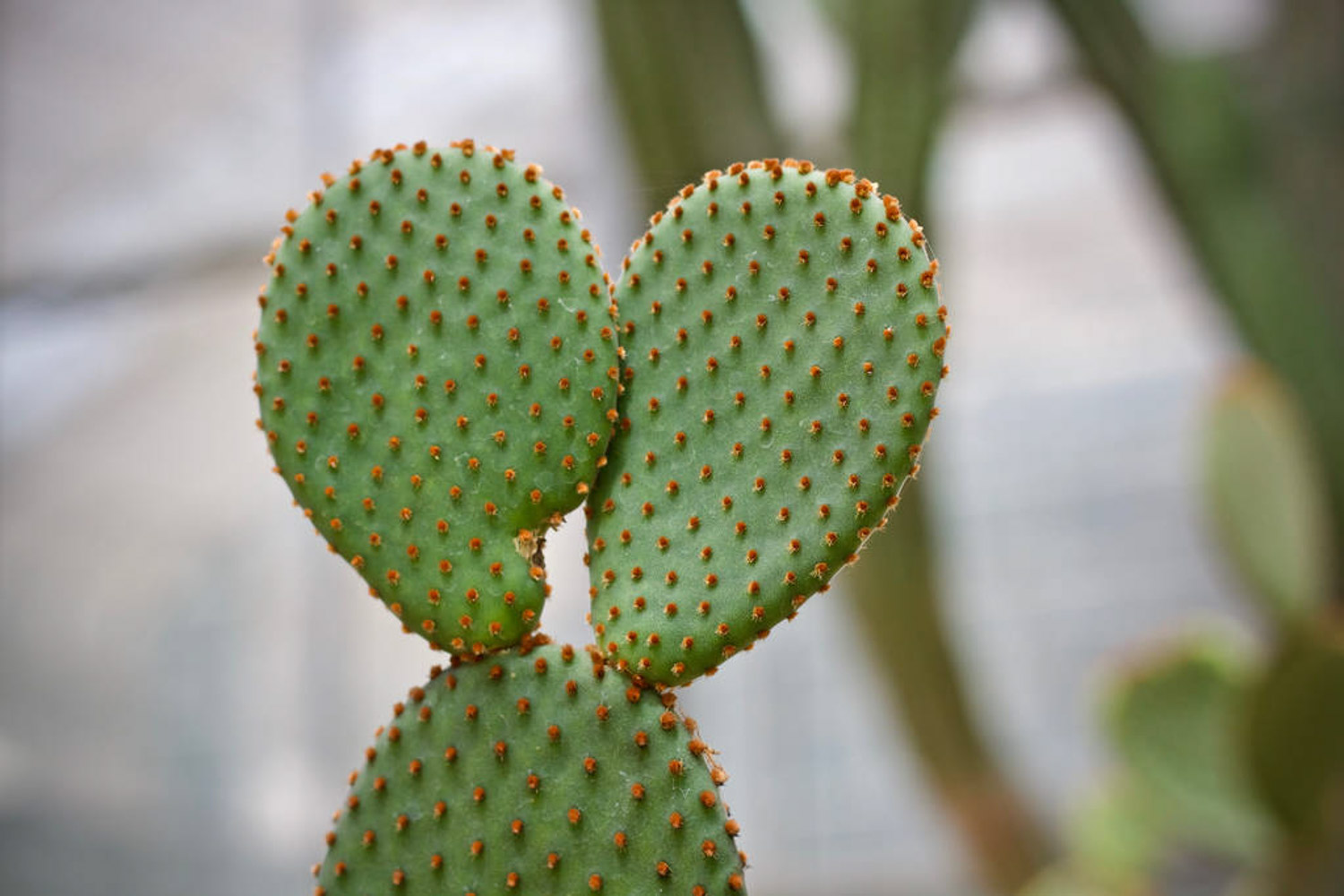1、 Classification of succulent plants
1. Leafy succulent plants: leafy succulent plants refer to those that store water by leaf parts. The leaf parts are highly fleshy, the fleshy degree of the stem is low, and the stems of some species have a certain degree of lignification. For example, aloe, perennial grass, stone flower, tile reed, etc

2. Carnivorous plants with roots: carnivorous plants with roots store water by their roots. The roots are relatively hypertrophic, which can avoid strong sunlight sunburn and herbivores. The stems and leaves will fall off in the driest season to maintain the water in the roots
3. Stem succulent plants: stem succulent plants mainly store water by stem. There are a large number of water storage cells in the stem, and there are tissues that can carry out photosynthesis on the surface. There are very few or even no leaves. For example, cactus, cloth ball, etc
4. Other succulent plants: all parts of whole succulent plants are water storage organs

2、 Growth habits of succulent plants
Most succulent plants like a warm and sunny growth environment. They have poor cold resistance and high temperature resistance. They can grow vigorously in a warm environment. Temperature control and warmth preservation measures should be taken in time in summer and winter. At ordinary times, you need to put it in a well lit environment and bask more in the sun, otherwise it is easy to grow in vain. In addition, succulent plants contain more water inside, so they have strong drought tolerance. During the maintenance period, they do not need to be watered too frequently, otherwise it is easy to cause root retting


 jackfruit
jackfruit snake plant
snake plant hibiscus
hibiscus hydrangea
hydrangea lavender
lavender Green roses climb al...
Green roses climb al... If you don't pay att...
If you don't pay att... Management of four g...
Management of four g...

































